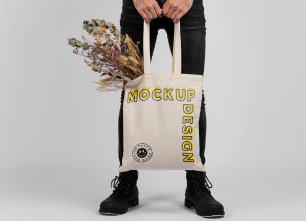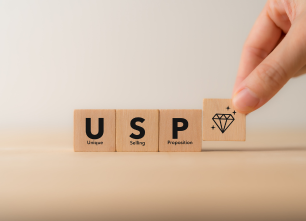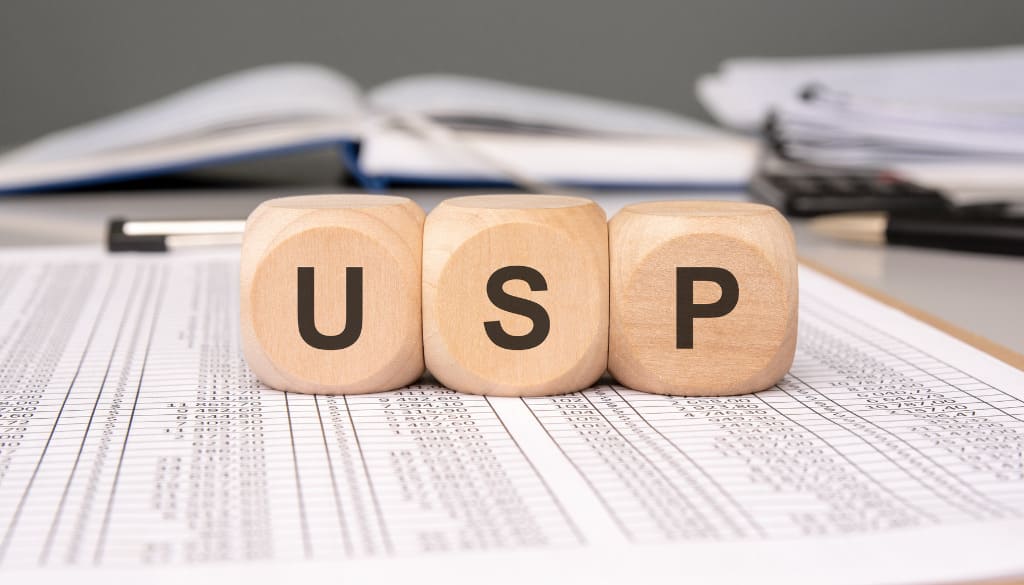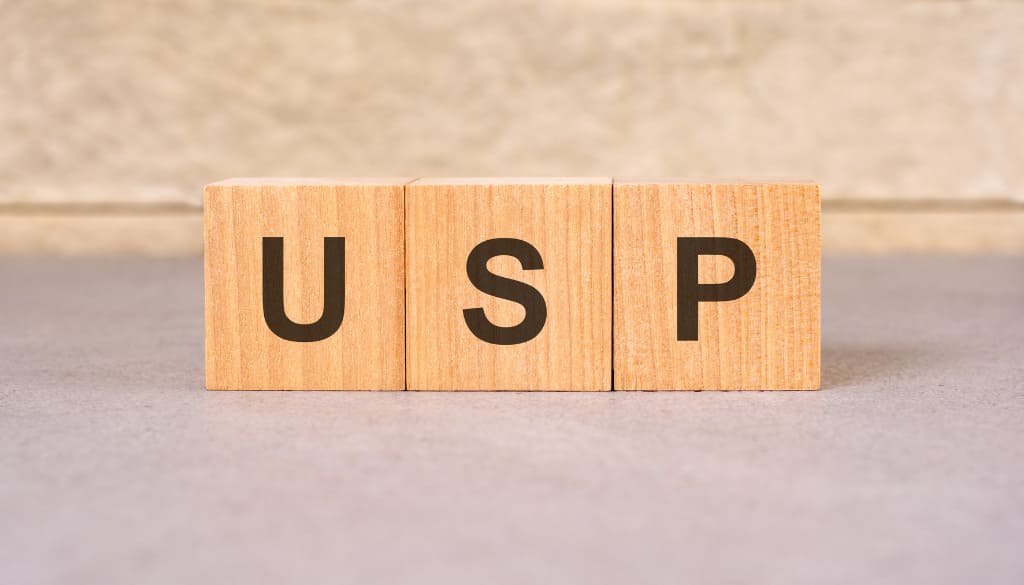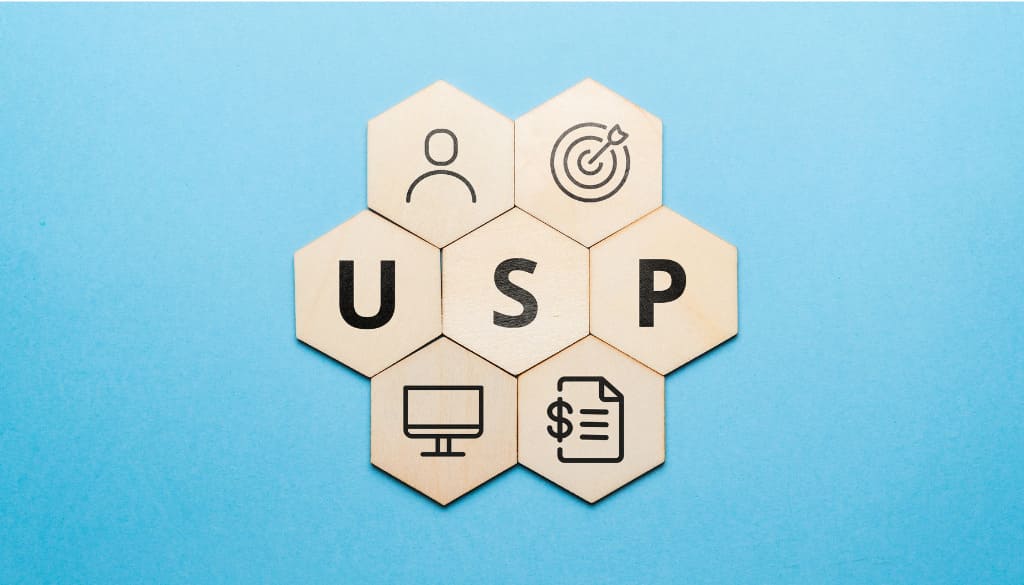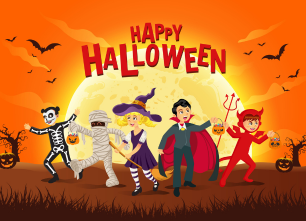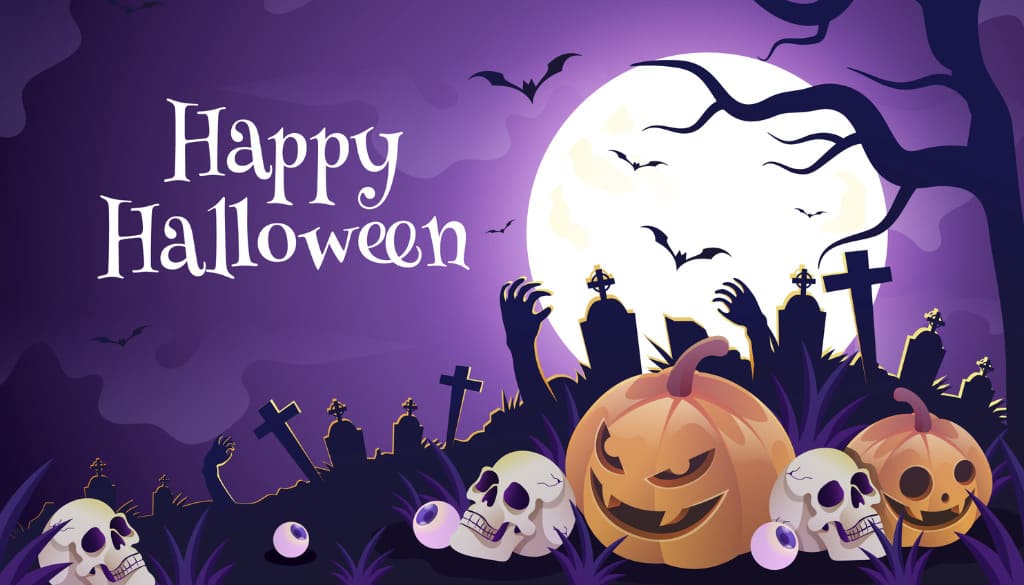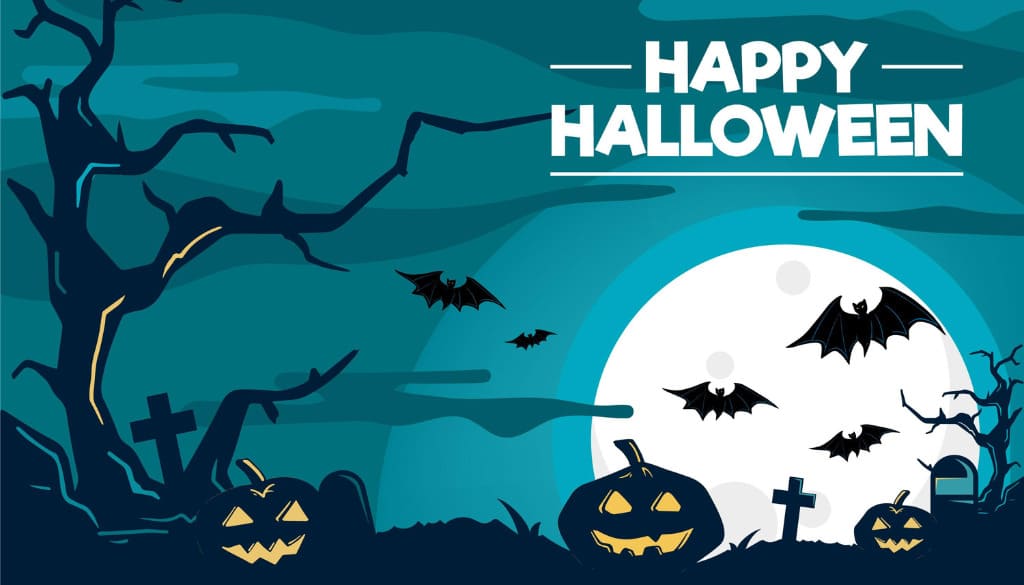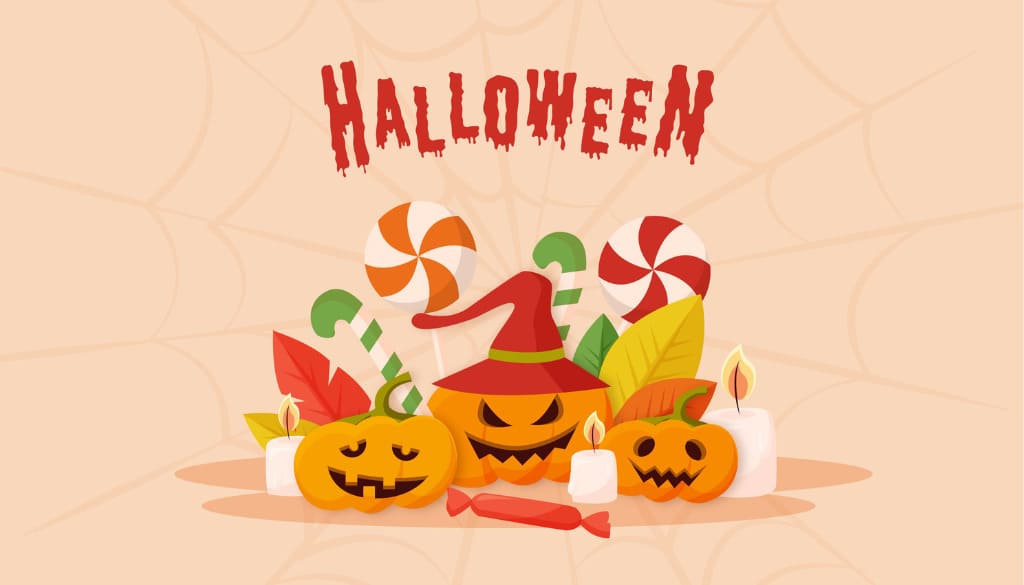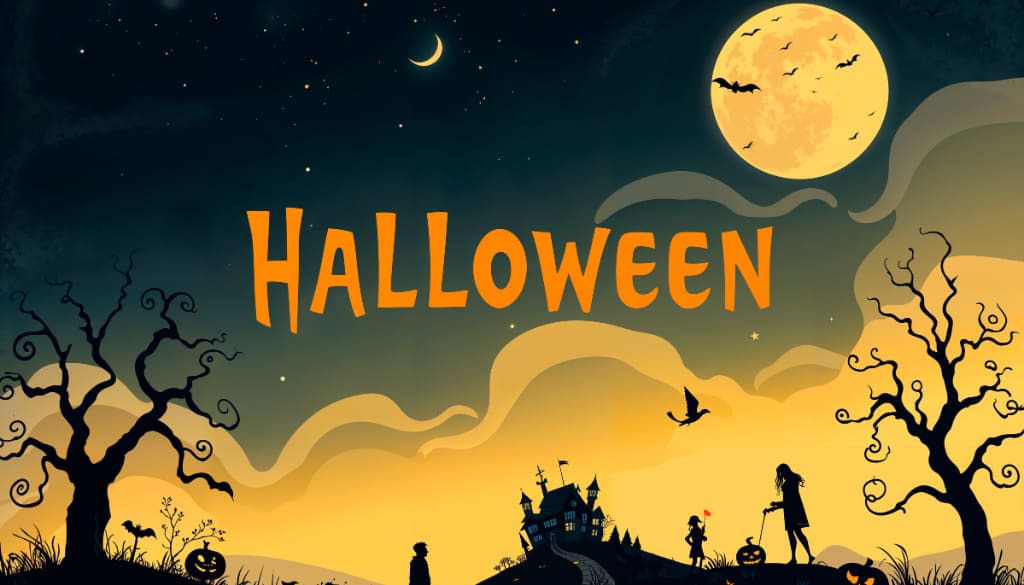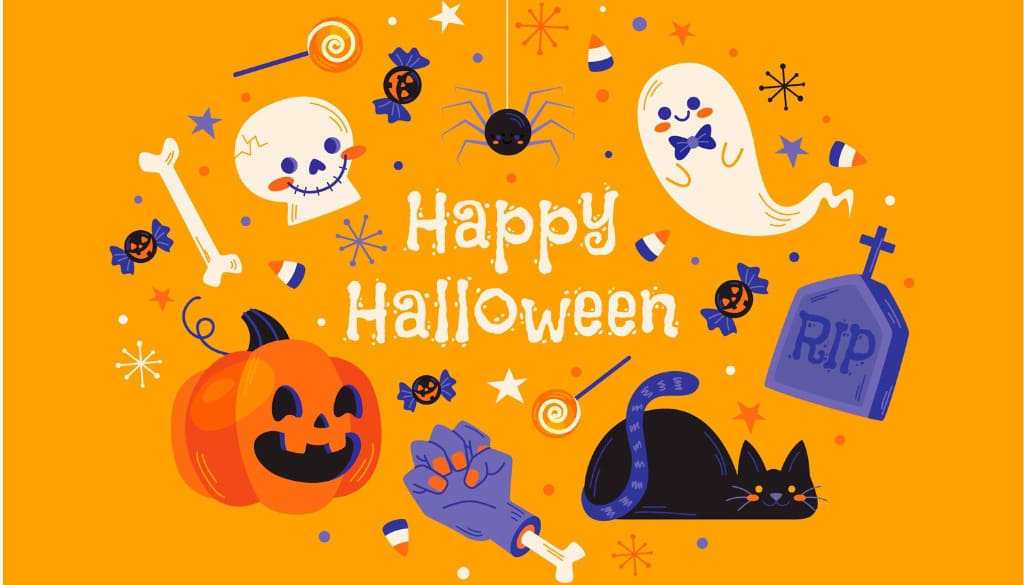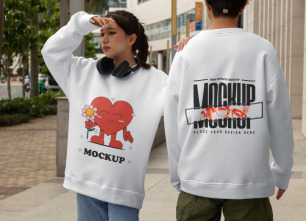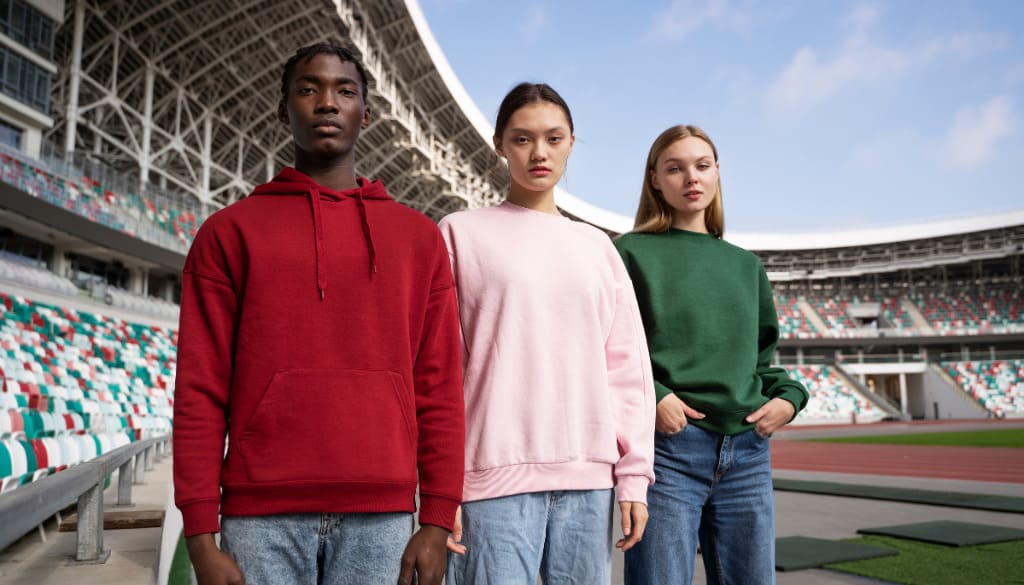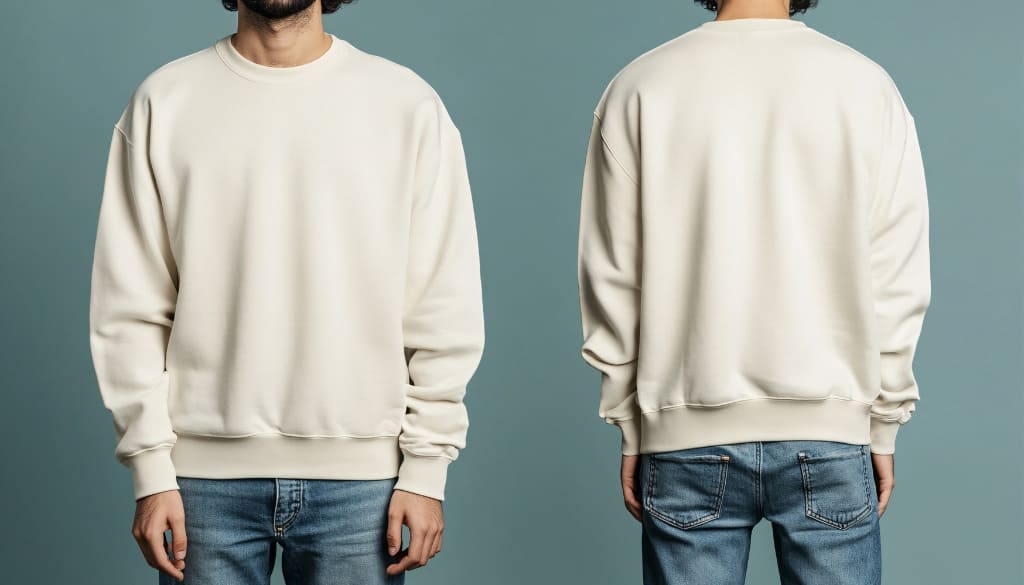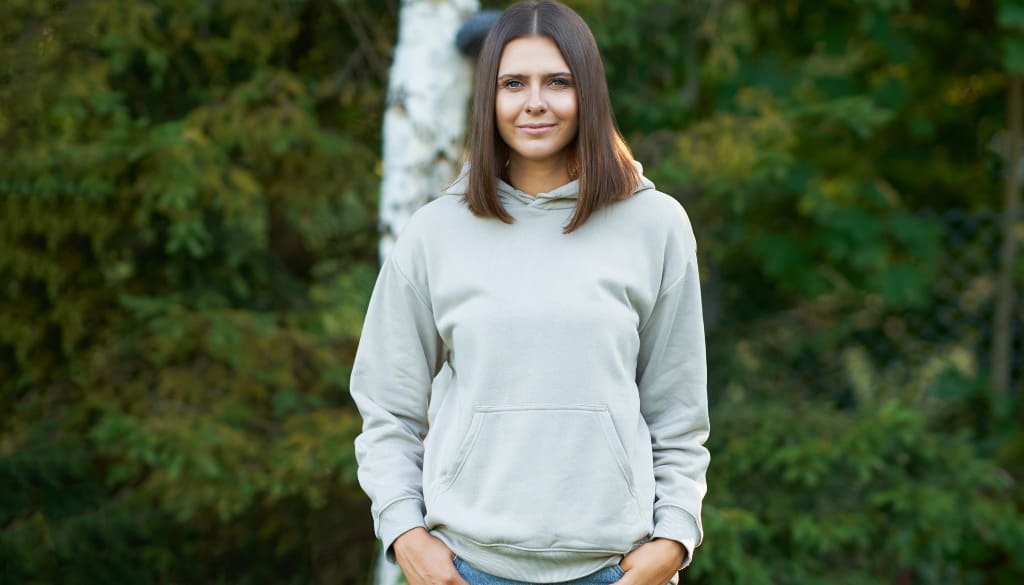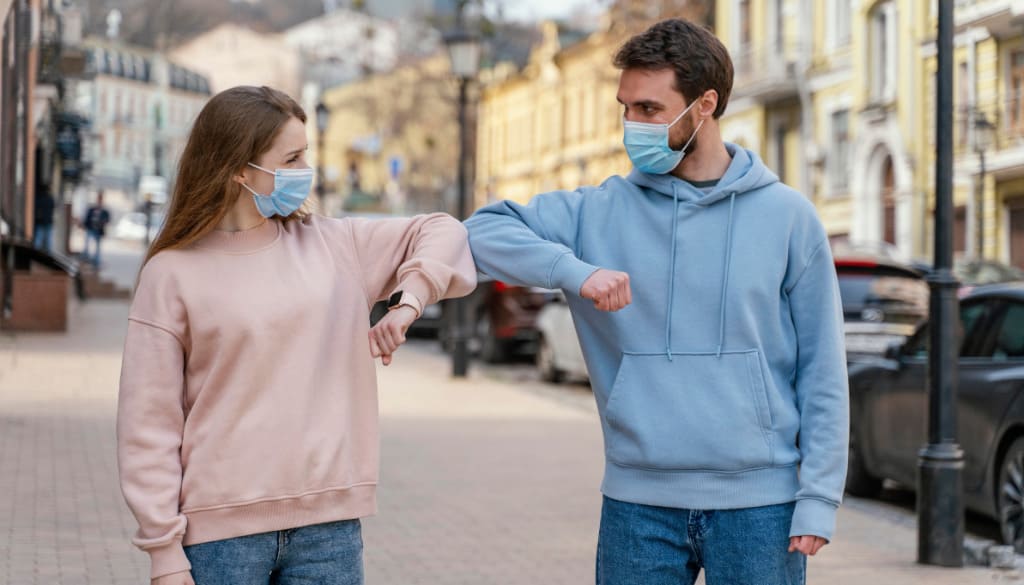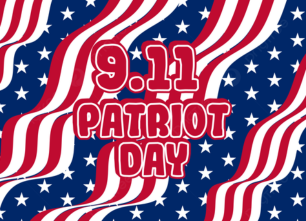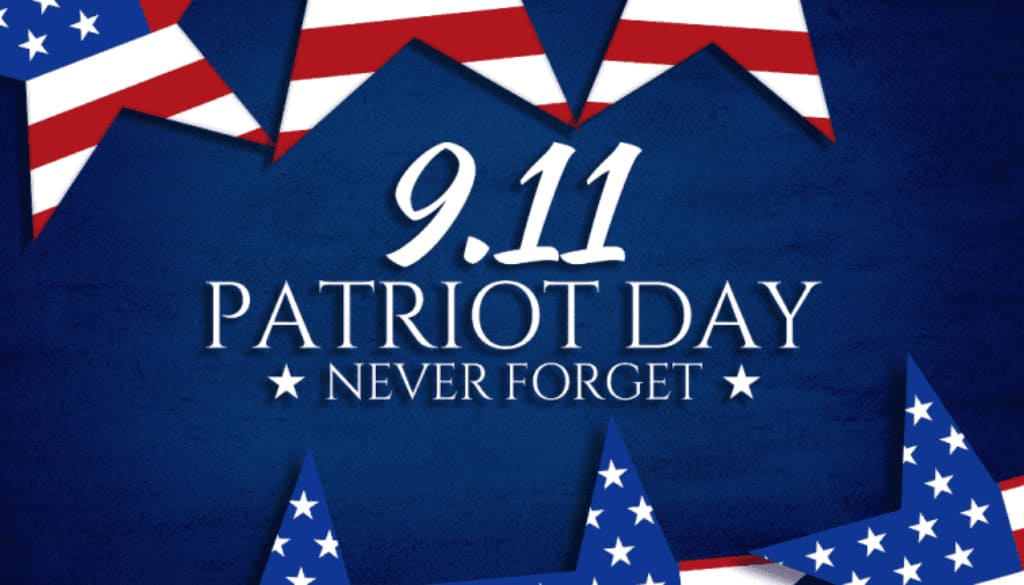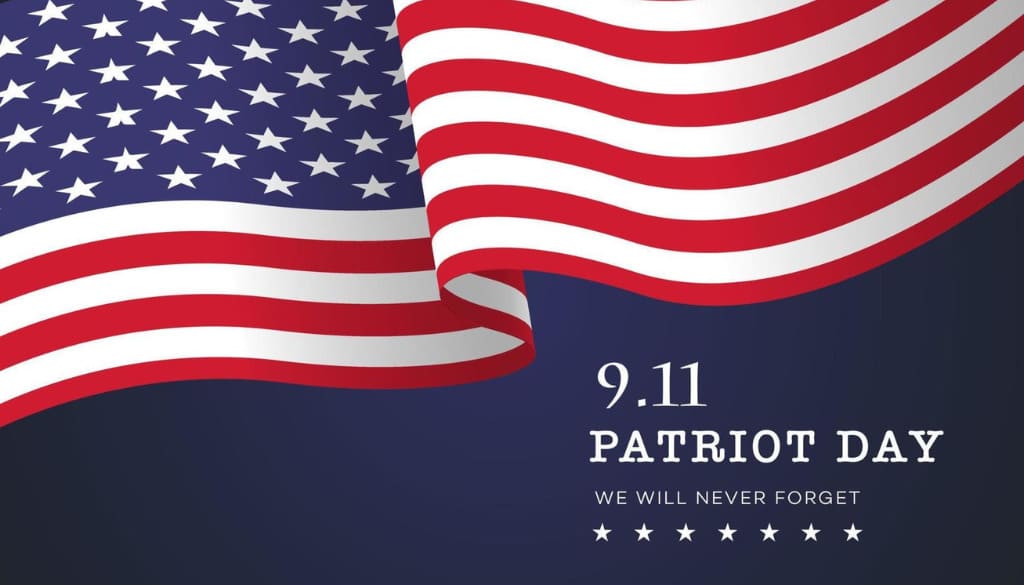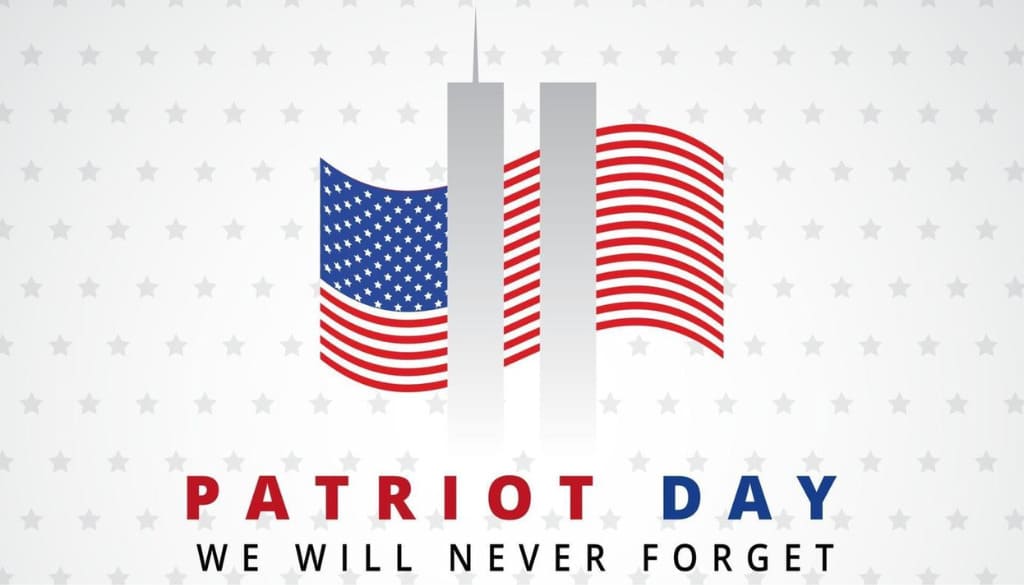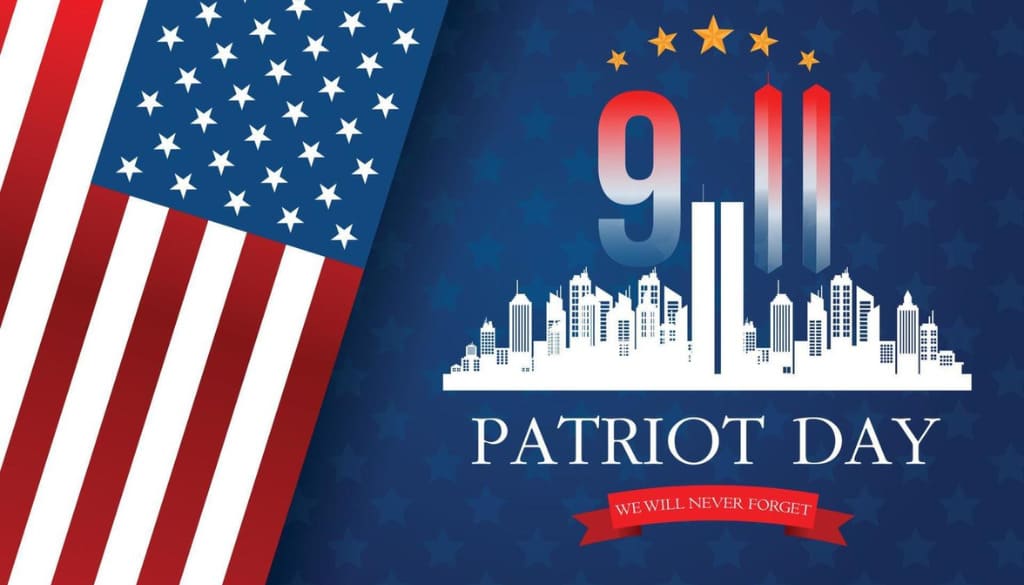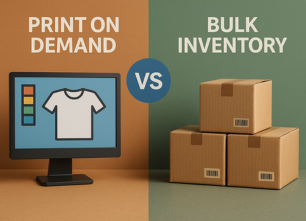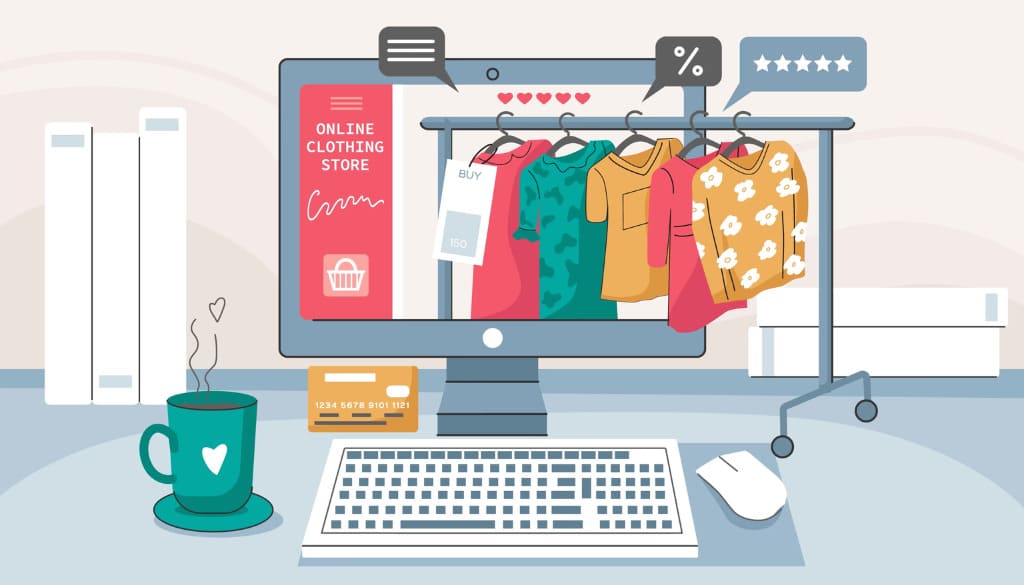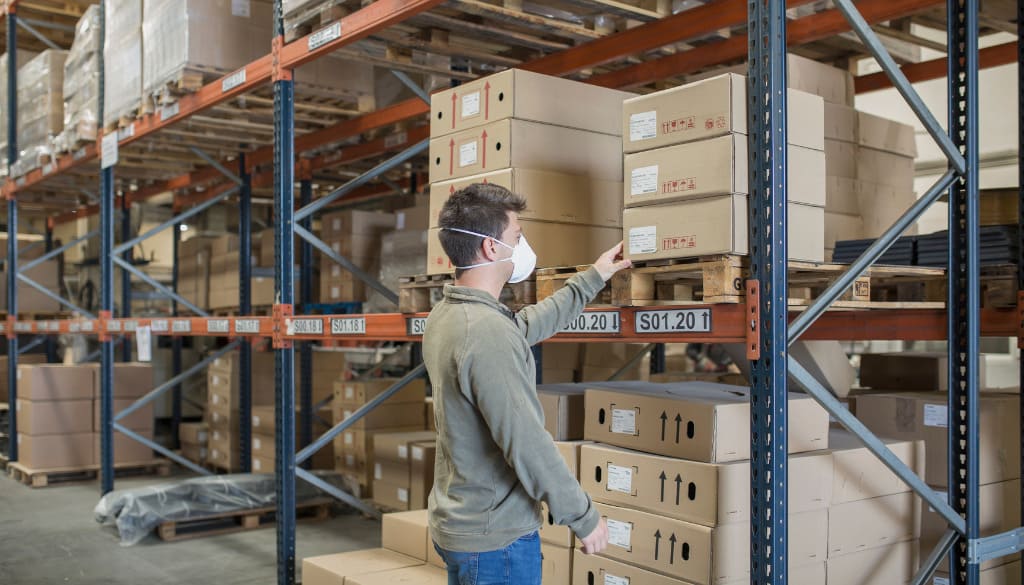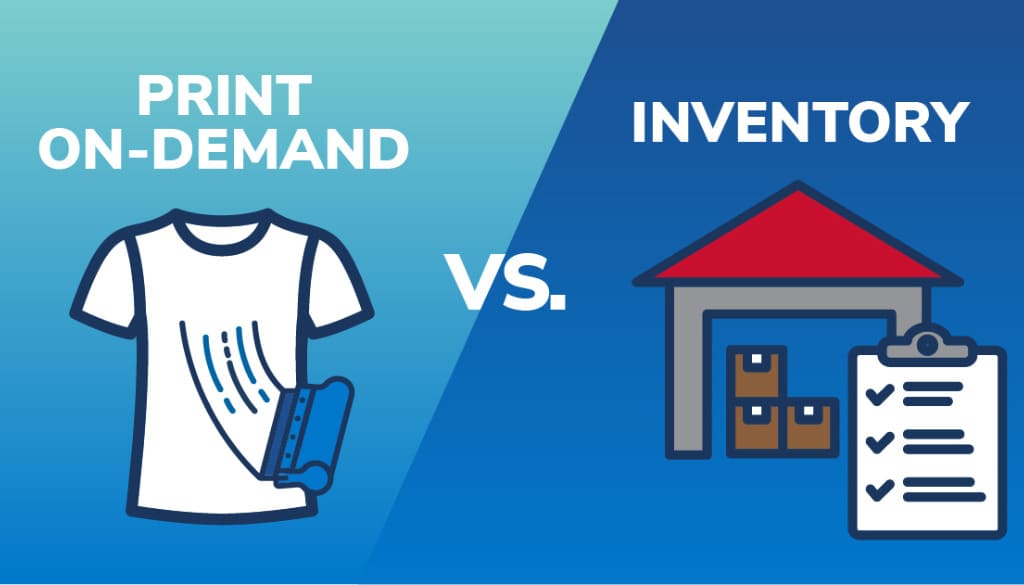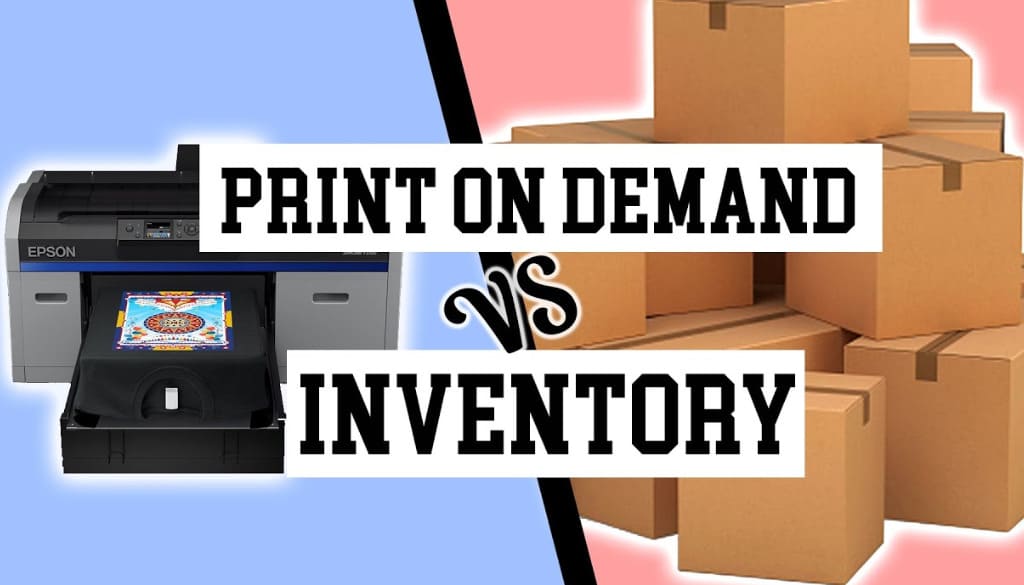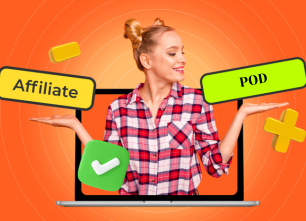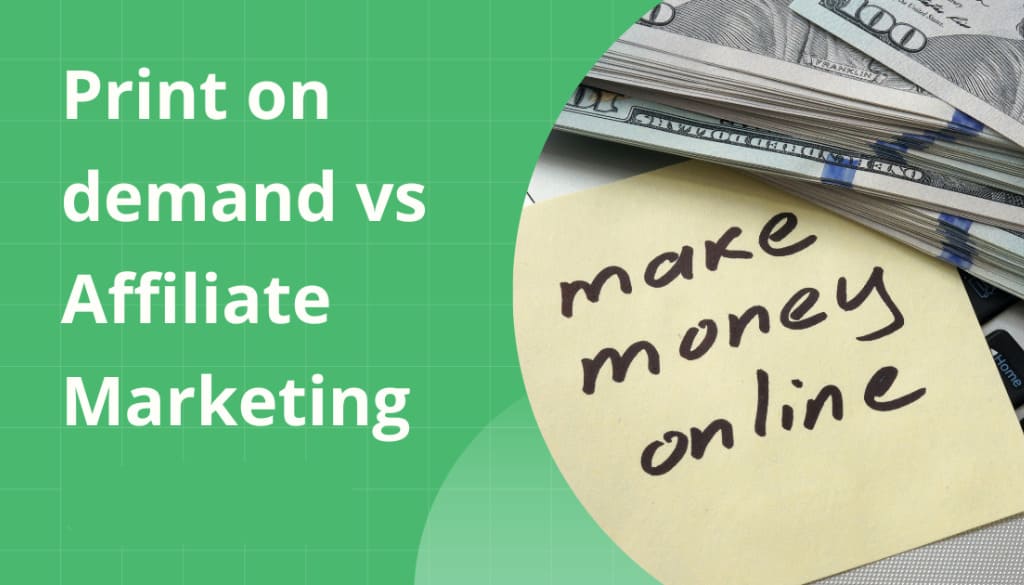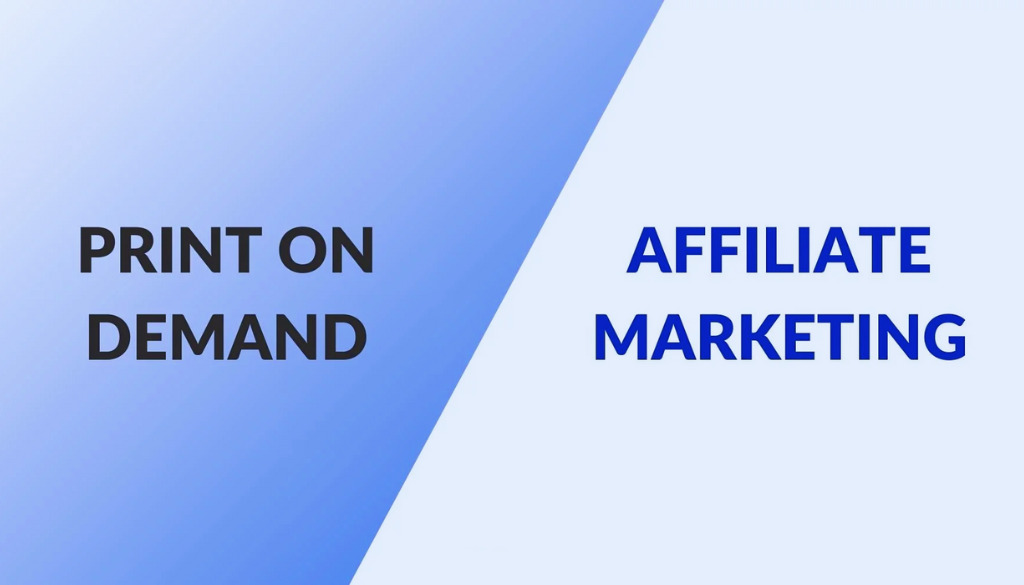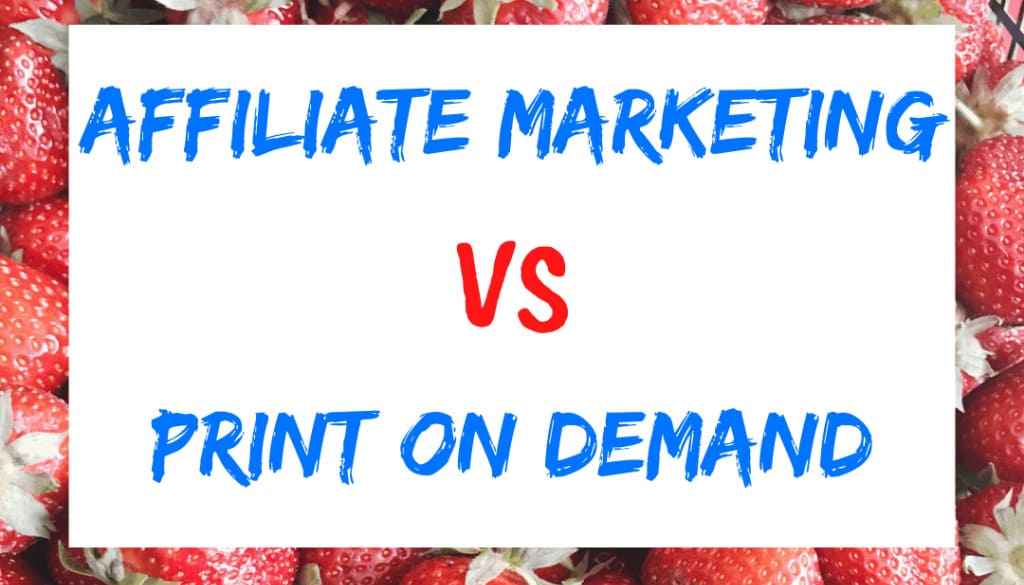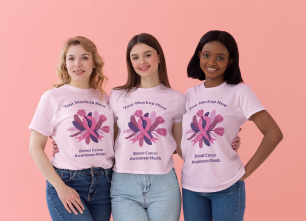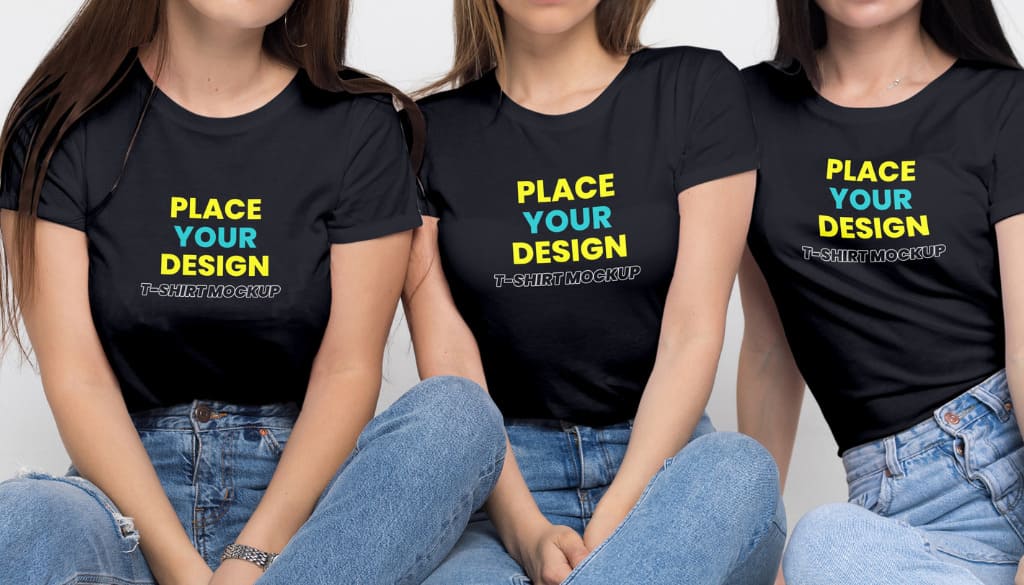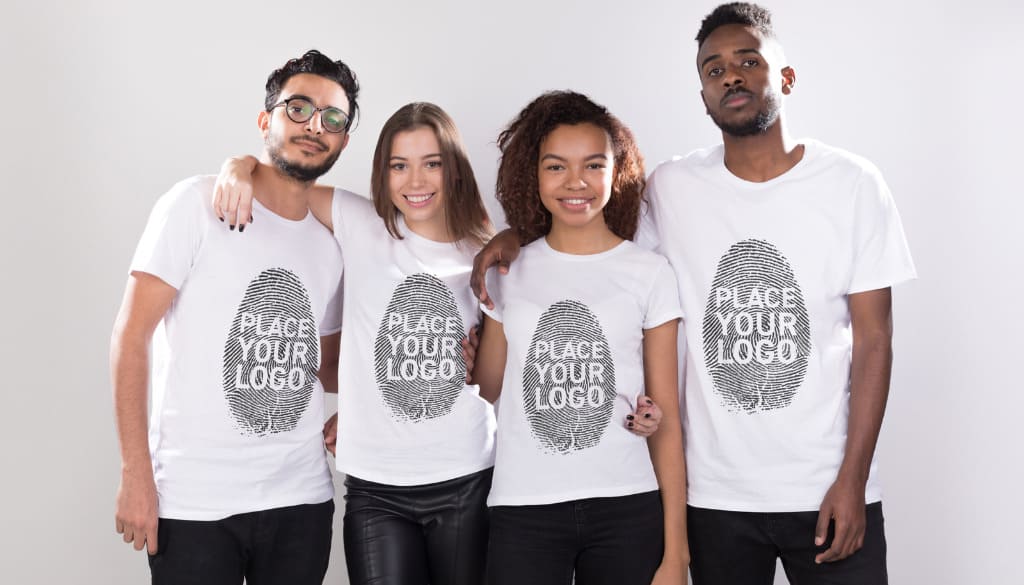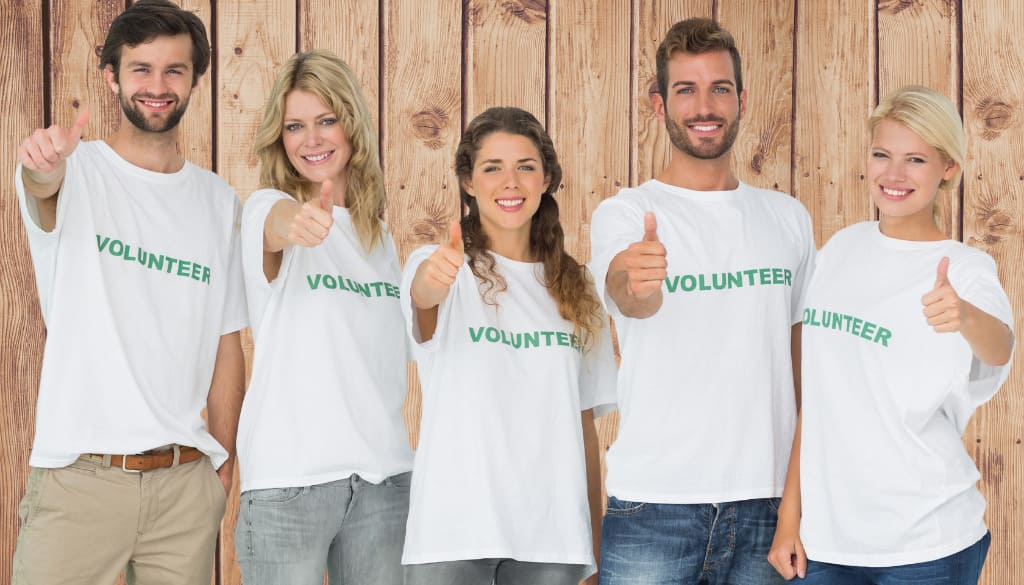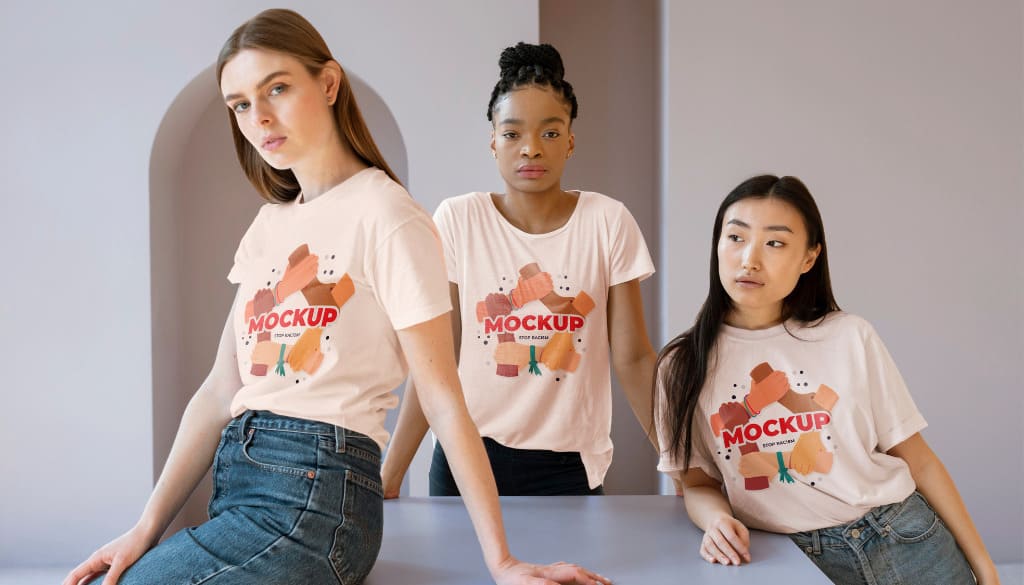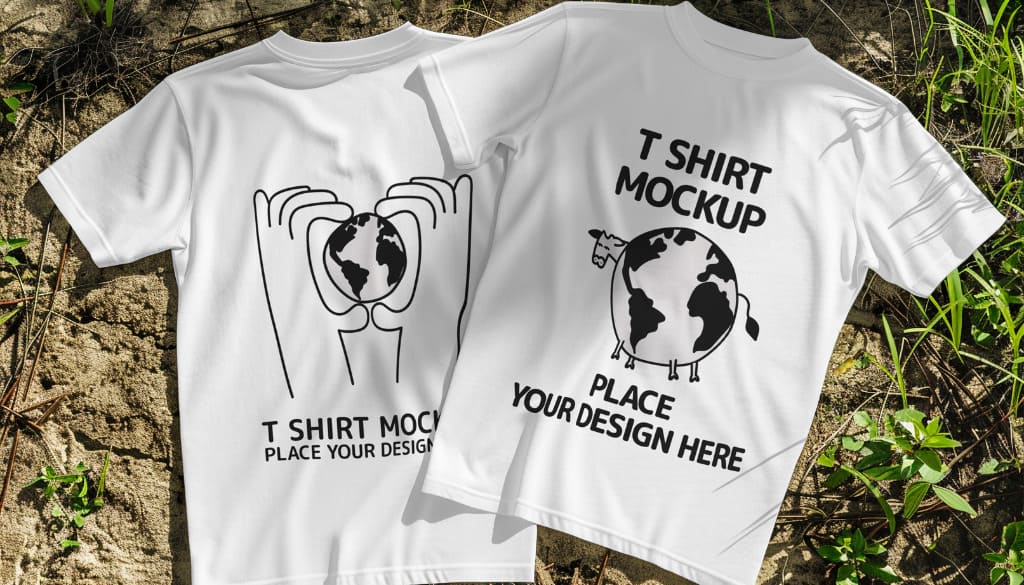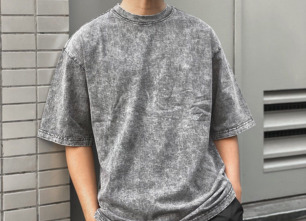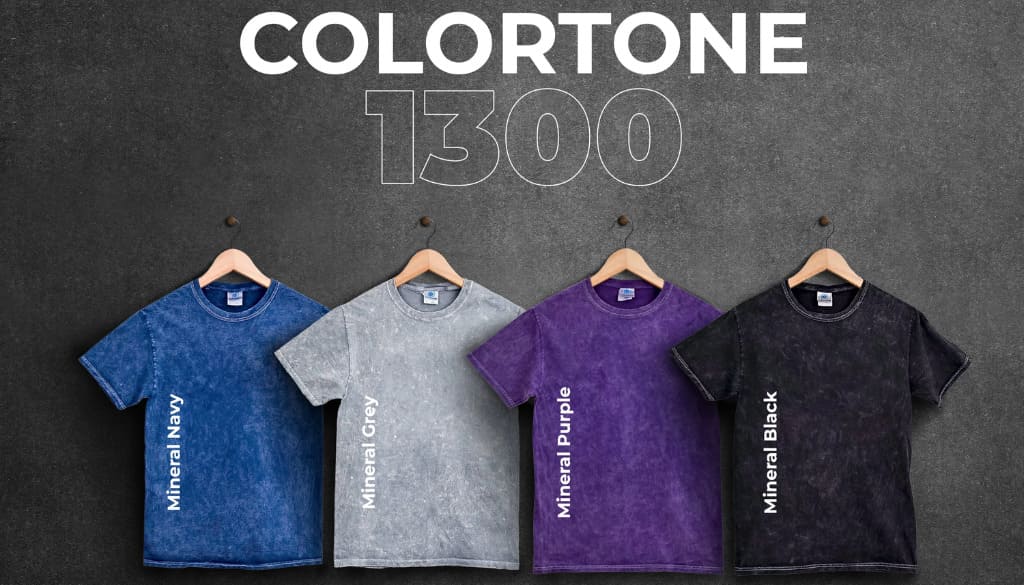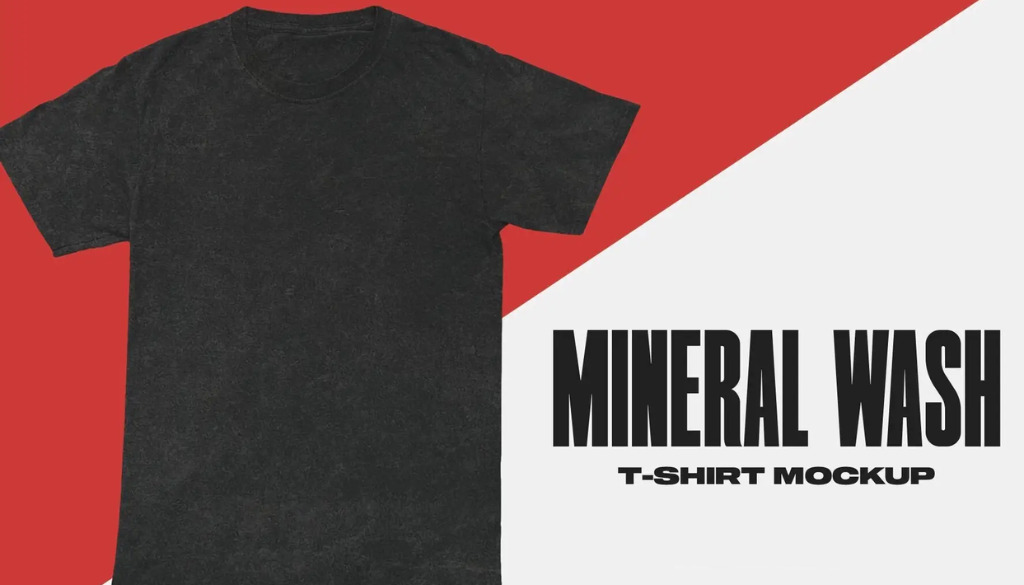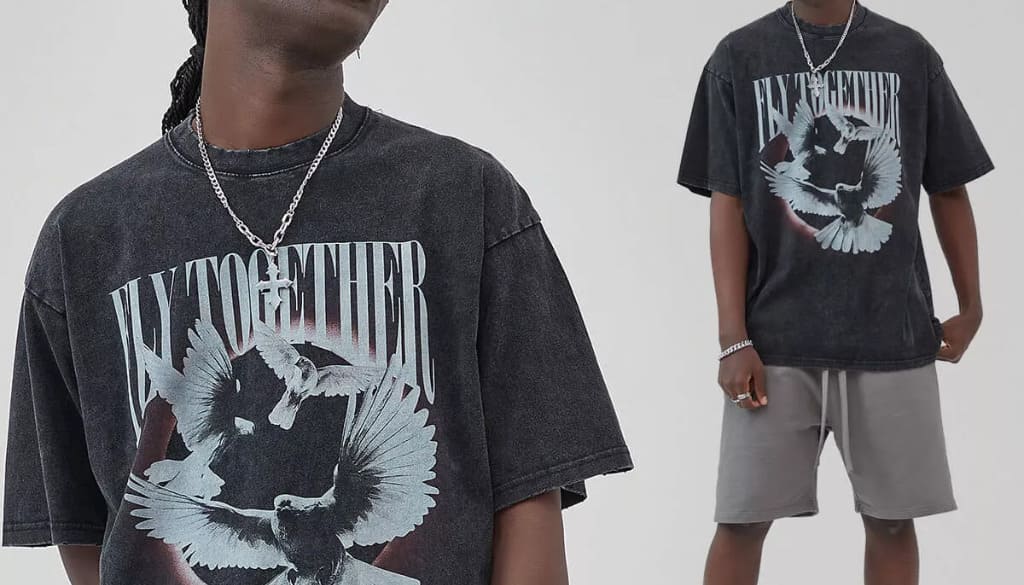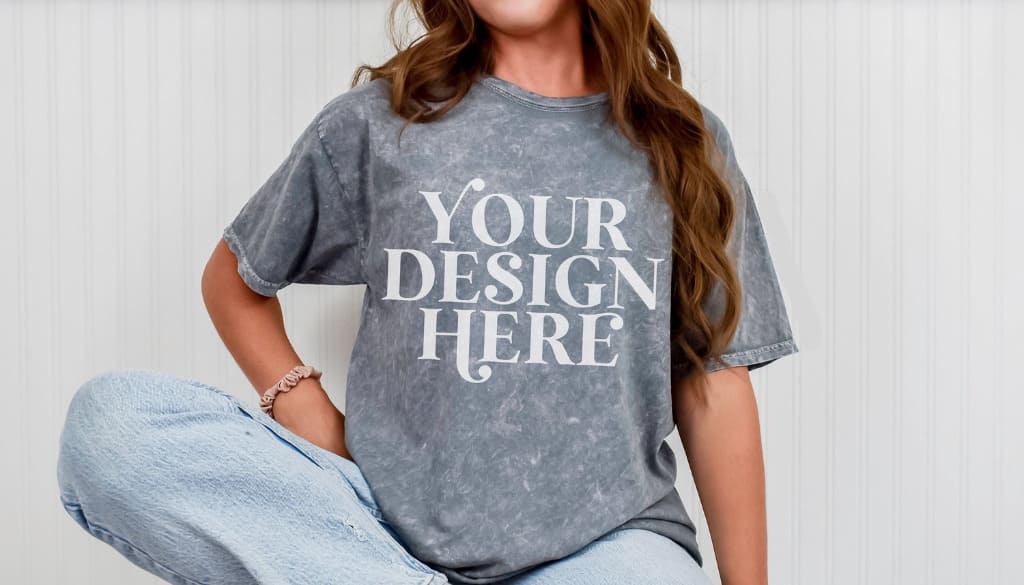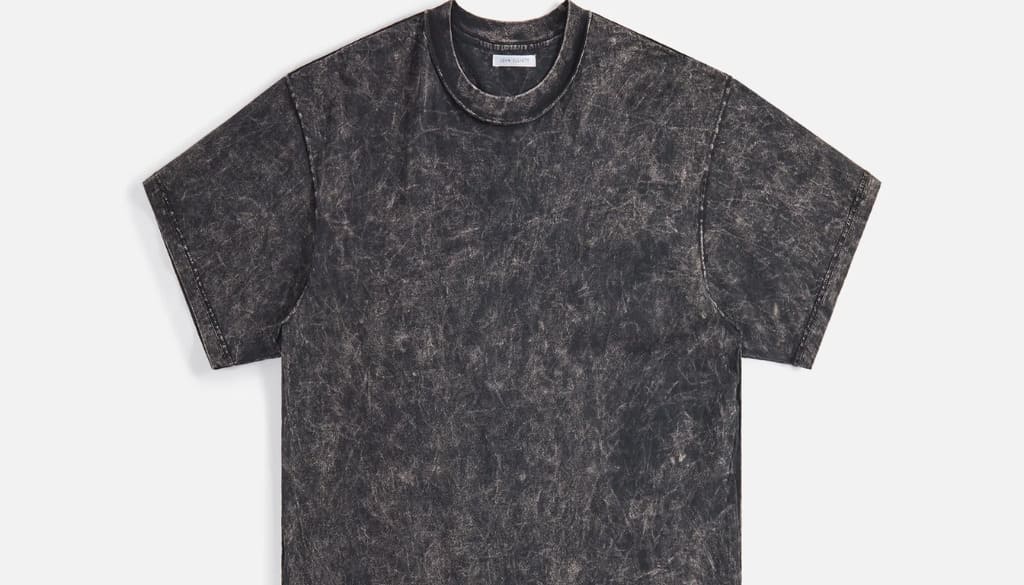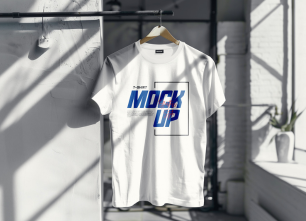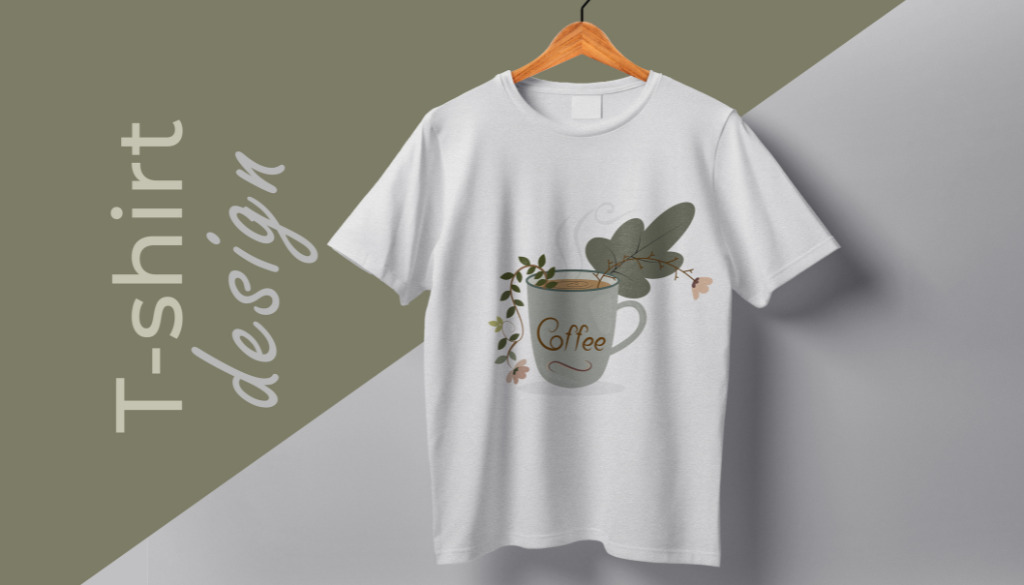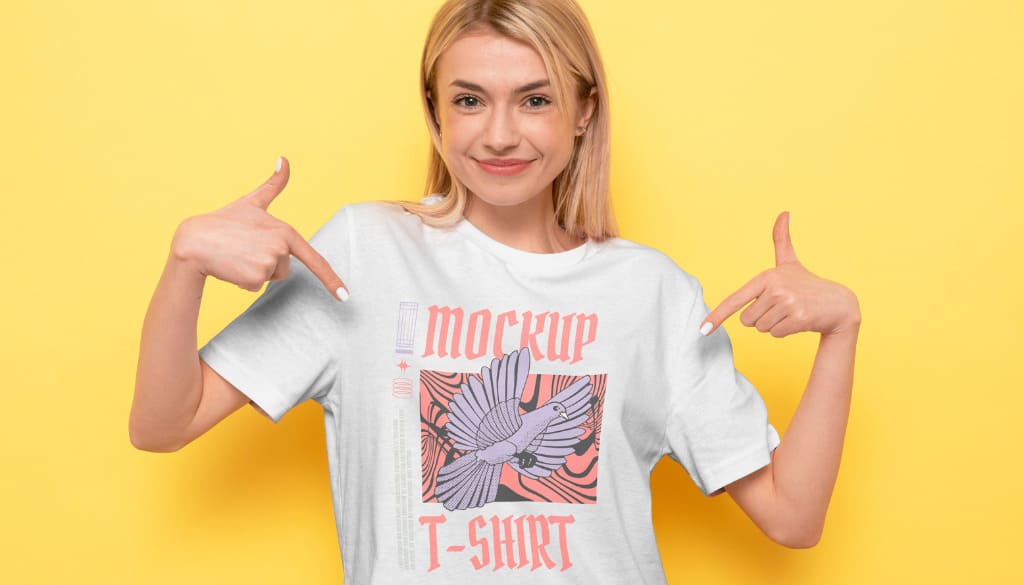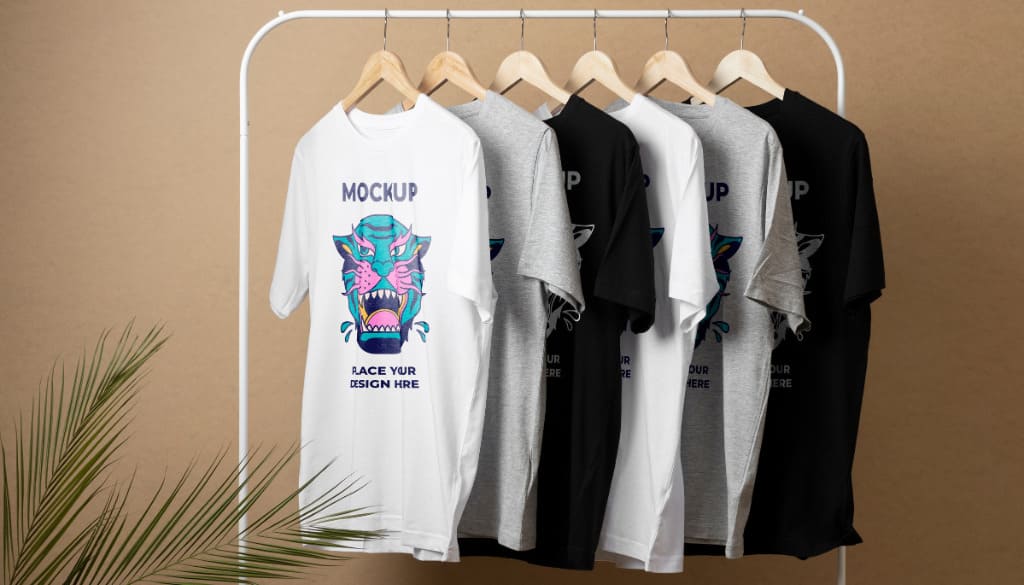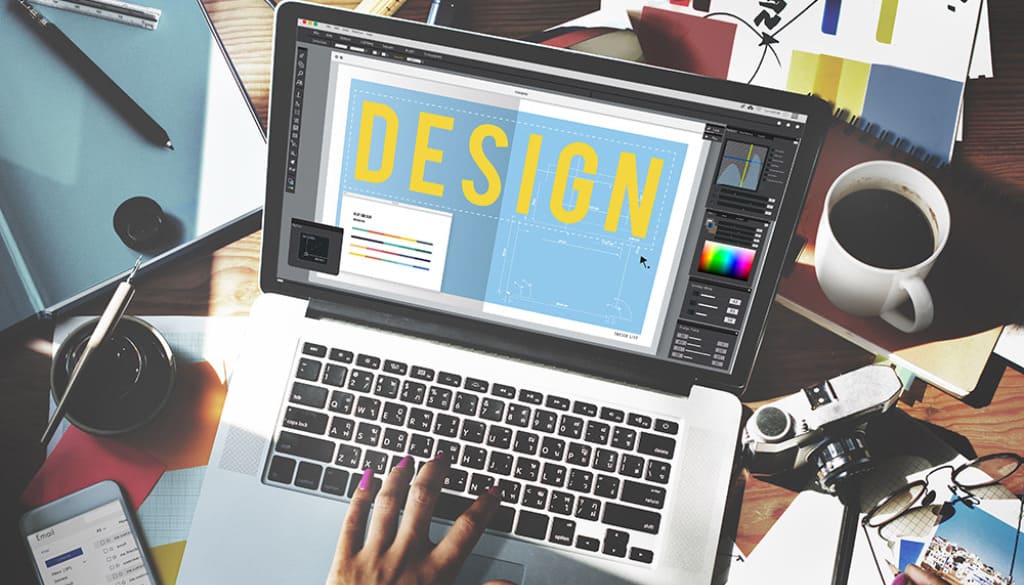In 2025, tote bags are no longer just practical accessories, they’ve become a “creative canvas” that helps sellers showcase their unique identity and boost sales. From sleek minimalist styles and nostalgic vintage vibes to artistic illustrations and sustainable eco-friendly designs, the opportunities to dominate the POD market have never been greater. In this article, FlashShip will not only highlight the hottest tote bag design trends of the year but also dive into proven strategies to turn your creative ideas into best-selling products.
Introduction to Tote Bags
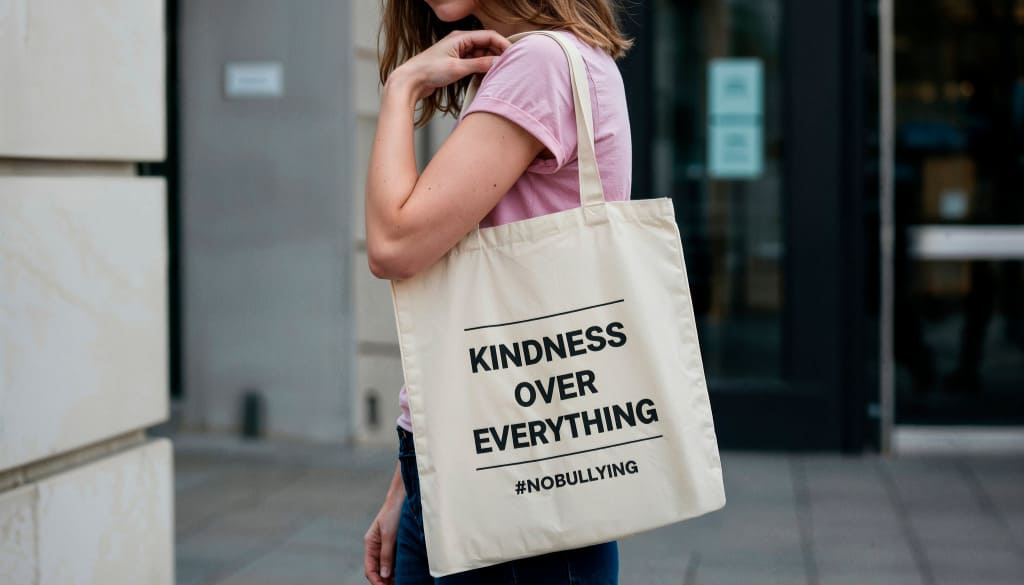
1. What Is a Tote Bag?
A tote bag is a simple, versatile bag, typically rectangular or square in shape, made from materials like canvas, cotton, or polyester. It usually features long shoulder straps for easy carrying. Thanks to its minimalist yet durable design, the tote bag has become not only a practical fashion item but also an essential accessory in modern life.
Today, tote bags are more than just storage items, they have evolved into a medium for expressing personal style. This is exactly why POD (Print on Demand) tote bag designs have been booming in popularity.
2. Why Tote Bags Are a “Goldmine” for POD Sellers
Before diving into unique tote bag design ideas, let’s explore why tote bags have become a strategic product choice for POD sellers in 2025.
- Rapidly Growing Demand
According to data from Google Trends and Etsy Insights, searches for keywords like “tote bag design” and “custom tote bag” have surged by over 45% in 2025. Minimalist, vintage, eco-friendly, and artistic illustration designs are currently leading the trend. This surge creates a golden opportunity for sellers to capitalize on market demand and expand their potential customer base.
- Versatile Use & Broad Market Reach
If there’s one product that works for almost everyone and every occasion, it’s the tote bag. Customers use tote bags for school, work, shopping, traveling, casual outings, and even as a replacement for daily handbags.
What’s more, tote bag demand doesn’t stop at owning just one. Buyers often purchase multiple designs to match different outfits, moods, and occasions. This creates a consistent consumption cycle, opening the door to long-term, sustainable growth for POD sellers.
- Ideal Printing Surface
One of the biggest advantages of tote bags is their flat, wide surface, practically made for POD designs.
From minimalist typography to detailed illustrations, every creative idea can be vividly and sharply printed on tote fabrics. This allows sellers to unleash their creativity and build unique, exclusive designs that stand out from competitors.
- A Sustainable Product
Modern consumers are increasingly focused on sustainability and environmental responsibility. Tote bags, especially those made from canvas, cotton, or organic cotton, have become the perfect eco-friendly alternative to plastic bags.
This gives sellers the chance to incorporate green messaging into their designs. Tote bags featuring slogans like “Save the Earth” or “Go Green, Go Tote” not only attract environmentally conscious buyers but also strengthen your brand’s positive image.
- A Style Statement
For Gen Z and Millennials, tote bags are not just functional items, they’re fashion statements. Buyers often choose tote bags that reflect their personality and interests, from favorite movies, music, and books to humor, lifestyle choices, and aesthetic preferences.
This creates a golden niche for POD sellers to explore designs based on pop culture, fandoms, viral memes, and personalized messages. Niche-focused products often build stronger customer loyalty than generic, mass-market designs.
- High Profit Margins & Low Risk
Compared to t-shirts, hoodies, or sweatshirts, tote bags have significantly lower production costs in POD. This allows sellers to set competitive retail prices while still maintaining healthy profit margins.
Additionally, tote bags are compact and lightweight, which means lower shipping costs and reduced risks related to inventory or fulfillment expenses. This makes tote bags one of the safest and most cost-effective POD products for both beginners and experienced sellers.
Popular Tote Bag Design Ideas in 2025
To succeed in POD, sellers need to understand customer preferences and stay ahead of design trends. Here are the hottest tote bag design ideas of the year:
1. Minimalist Style (Minimalism)
Minimalism never goes out of style. Its beauty lies in simplicity, elegance, and the ability to convey messages directly without unnecessary details.
Typography & Quotes
One-Line Art & Text: A delicate handwritten phrase or a short, meaningful quote placed at the center or in a small corner of the bag creates a refined, modern look. Both classic serif and modern sans-serif fonts can deliver different aesthetic effects.
Examples:
- “Good things take time”
- “Inhale, Exhale”
- “Choose Joy”
- Or simply a stylized city name like Hanoi, Saigon, or Paris.
SEO Tip: Use relevant keywords such as “minimalist tote bag,” “simple quote tote bag,” or “typographic tote.”
Line Art & Monochrome Geometry
Thin, elegant strokes are used to sketch faces, flowers, figures, or geometric shapes like circles, squares, and triangles, arranged either freely or symmetrically. These designs often use a single color (black or white) on a contrasting fabric background, creating a clean and timeless aesthetic.
Examples:
- A minimal cactus sketch
- A curled-up cat illustration
- A constellation-inspired zodiac drawing
Target Audience: Those who appreciate sophistication and elegance, including office workers, students, and minimalist design lovers.
2. Nature-Inspired & Botanical Design Patterns
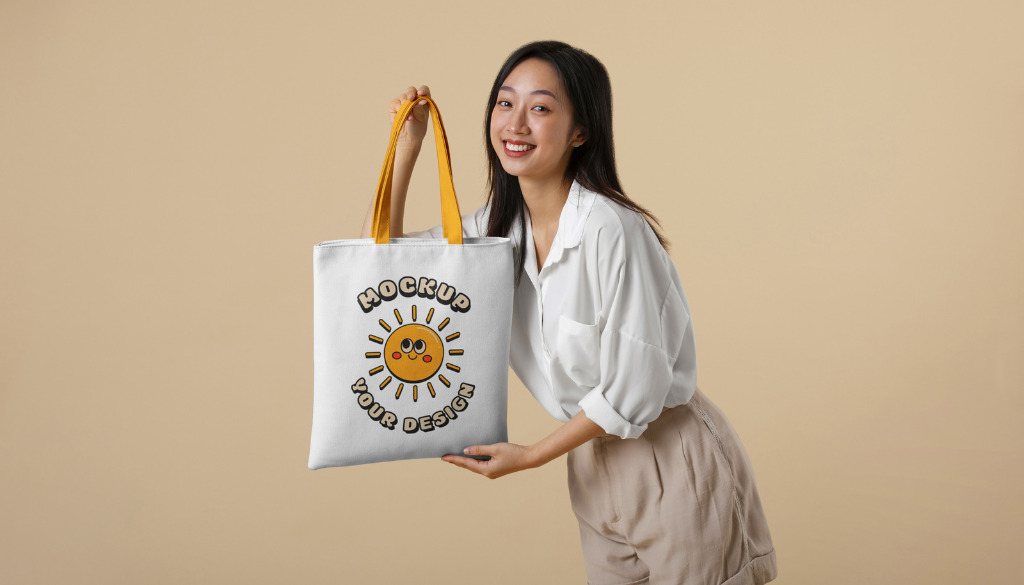
Bringing nature into everyday life has become a major design trend, especially after the period of social distancing. People crave a stronger connection with greenery, flowers, and natural elements, making botanical-inspired tote bags more popular than ever.
Flowers & Leaves
- Vintage Botanical Illustrations: Classic botanical sketches featuring intricate details and scientific plant names, giving off an elegant, timeless aesthetic.
- Wildflowers: Soft, romantic watercolor-style illustrations of delicate wildflower bouquets, perfect for a feminine and dreamy vibe.
- Tropical Leaves: Patterns featuring palm leaves, banana leaves, or monstera bring a refreshing summer and tropical feel.
Examples:
- A delicate lavender sprig
- An olive leaf wreath
- A vibrant cluster of colorful mushrooms
Animals & Insects
Go beyond the usual cats and dogs and explore unique, eye-catching creatures to make your tote bag designs stand out: foxes, bees, butterflies, whales, octopuses, and more.
Design styles can vary from realistic illustrations and line art to playful, anthropomorphic characters.
Examples:
- A bee pollinating a flower
- A school of koi fish swirling gracefully
- A sleeping fox nestled in a cozy corner
Nature-Inspired Landscapes
Capture the beauty of the outdoors with illustrations of majestic mountains, serene beaches at sunset, foggy pine forests, or rolling green fields. These designs can be executed in either a minimalist or retro-inspired style to fit different target audiences.
Example:
- A round-shaped illustration featuring a sunset beach scene paired with the phrase: “Adventure Awaits”
3. Retro & Vintage Style
Nostalgia for past decades always carries a special charm. The retro and vintage aesthetic evokes warmth, familiarity, and a touch of authentic “coolness” that resonates with a wide range of audiences.
The 1970s Vibes
Characterized by warm, earthy tones such as burnt orange, mustard yellow, and chocolate brown, the ‘70s design style celebrates freedom and positivity.
Key elements:
- Motifs: Daisies, mushrooms, rainbows, and groovy wavy lines
- Typography: Bold, rounded, and bubble-style fonts for a playful, cheerful look
Example:
- A retro-inspired “Good Vibes” design in bubble typography with a rainbow color palette reminiscent of the ‘70s.
The 1980s & 1990s Throwback
This era draws heavy inspiration from pop culture, arcade games, cassette tapes, and vinyl records, perfect for tote bags with a fun and nostalgic twist.
Key elements:
- Colors: Bright neon shades paired with bold contrasts
- Patterns: Pixel art, abstract geometric shapes, and futuristic gradients
- Inspiration sources: Walkmans, VHS tapes, retro game consoles, and street-style pop icons
Example:
- A tote featuring a classic Walkman illustration paired with a catchy slogan in Memphis Design style, colorful, vibrant, and full of personality.
4. Vintage-Inspired Advertisements
Reimagine classic advertising posters from the past, whether it’s for soap, soda, coffee, or travel tours. These designs often feature hand-drawn illustrations, muted tones, and witty slogans that add a nostalgic yet trendy vibe.
Example:
- A retro ad-inspired tote bag featuring a vintage soda bottle and the slogan: “Refresh Your Day, The Classic Way!”
5. Niche Designs & Personal Interests
Focusing on niche markets is the golden key to standing out in the POD world and building a loyal customer community. Instead of trying to appeal to everyone, concentrate on specific audience groups with unique passions and interests.
Book Lovers (For the Avid Readers)
Perfect for literature enthusiasts and self-proclaimed bookworms.
Ideas & Examples:
- Quotes from classic literary works
- Illustrations of stacked books, cozy bookshelves, or a girl reading by the window
- Fun slogans:
- “So many books, so little time”
- “My weekend is all booked”
Coffee & Tea Addicts
Tote designs that fuel caffeine lovers’ daily rituals.
Ideas & Examples:
- Catchy phrases like:
- “But first, coffee”
- “A day without tea is like… just kidding, I have no idea”
- Illustrations of brewing tools, Vietnamese phin, teapots, espresso machines, coffee beans, and tea leaves
Pet Lovers (For the Proud Pawrents)
Pet-themed tote bags never go out of style, especially for dog moms, cat dads, and animal lovers.
Ideas & Examples:
- Slogans like:
- “Dog Mom”
- “Cat Dad”
- “Tell your dog I said hi”
- Custom pet portraits in chibi, cartoon, or line art styles
Travel Enthusiasts (For the Wanderlusters)
Designed for explorers who dream of seeing the world.
Ideas & Examples:
- World maps, globes, and vintage-style compasses
- City names, bucket-list destinations, and iconic landmarks
- Inspirational quotes:
- “Wanderlust”
- “Explore. Dream. Discover.”
Other Niche Markets
Expand into smaller yet highly targeted interest groups:
- Gaming: “I paused my game to be here.”
- Gardening: “Plant lady is the new cat lady.”
- Yoga & Meditation: Lotus symbols, “Om” icons, and yoga pose illustrations
- Astrology: Zodiac symbols, birth charts, and star map designs
6. Humor, Sarcasm & Meme Culture
Humor is one of the most powerful connection tools. Witty, trendy, and relatable designs often go viral, especially when combined with popular meme culture.
Ideas & Examples:
- Sarcastic Quotes:
- “I’m not for everyone”
- “I need a huge amount of money to finance my lifestyle”
- “Emotionally attached to fictional characters”
- Relatable Humor: Perfect for adulting struggles:
- “Adulting is a myth”
- “Powered by caffeine and anxiety”
- Meme-Inspired Designs: Jump on trending memes and creatively adapt them for your tote bag designs (be mindful of copyright issues).
Choosing the Right Materials & Colors for Tote Bag Designs
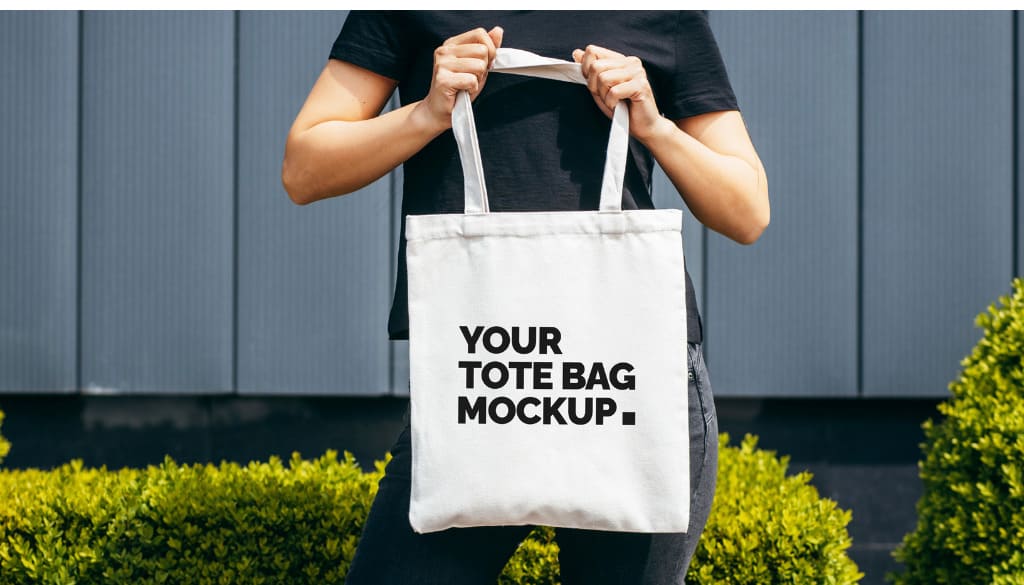
A great design idea deserves the right material and color palette to bring it to life effectively. Below are the most popular materials and trending colors for tote bag designs in 2025.
1. Choosing the Right Tote Bag Material
Depending on your design style and target audience, sellers can choose from the following commonly used materials:
|
Material |
Key Features |
Best For |
|
Canvas |
Thick, durable, eco-friendly, easy to print on |
Vintage, eco-friendly, minimalist designs |
|
Cotton |
Soft, lightweight, breathable |
Illustration art, typography-focused designs |
|
Polyester |
Colorfast, water-resistant, budget-friendly |
Trendy, event-based designs |
|
Denim |
Sturdy, edgy, and stylish |
Retro, streetwear-inspired designs |
|
Organic Cotton |
Premium quality, eco-friendly, sustainable |
Eco-friendly, minimalist, premium designs |
2. Trending Tote Bag Colors for 2025
In 2025, tote bag design trends focus on minimalism, natural aesthetics, and personalized styles. Choosing the right color palette plays a key role in making your designs stand out and resonate with your target audience. Here are the top trending color themes:
- Neutral & Earth Tones: Beige, sand brown, and smoky gray → Perfect for minimalist and eco-friendly designs.
- Pastel Shades: Soft pink, mint green, and lavender → Ideal for younger audiences and illustration-based designs.
- Bold & Vibrant Colors: Terracotta orange, cobalt blue, and deep burgundy → Best suited for streetwear-inspired and retro styles.
- Classic Black & White: Always a best-seller thanks to its versatility and timeless appeal.
Tips for Developing Creative Tote Bag Design Ideas
How do you make sure you never run out of ideas? Turn finding inspiration into a daily habit.
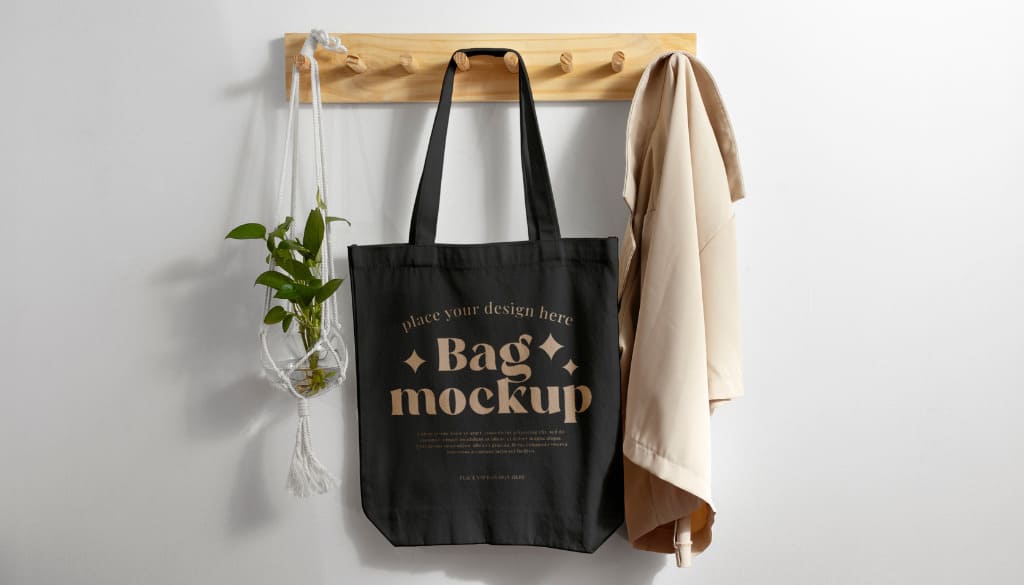
1. Research Competitors and Market Trends
Spend time browsing major e-commerce platforms like Etsy, Amazon, and Redbubble. Search for the keyword “tote bag” and filter by “Bestsellers” or “Popular Now.”
Analyze:
- What themes are selling well?
- Which design styles are trending?
- How do they title their products and write descriptions?
Important: Don’t copy. Instead, learn from them and identify gaps in the market where you can create something unique.
2. Explore Creative Platforms
- Pinterest: A goldmine of visual inspiration. Create separate boards for themes like “Typography Inspiration,” “Botanical Art,” and “Vintage Posters.”
- Behance & Dribbble: Where professional designers showcase their work. Great for spotting the latest trends in color palettes, layouts, and illustration styles.
- Instagram: Follow hashtags like #totebagdesign, #illustratoroninstagram, #handlettering, and track artists, illustrators, and local fashion brands.
3. Leverage Pop Culture Trends
Movies, Netflix series, hit songs, or viral events can be amazing sources of inspiration. Quickly transform trending topics into funny, creative, and eye-catching designs.
(Tip: Always stay mindful of trademark and copyright issues.)
4. Combine Ideas Across Niches
Don’t stick to just one concept. Innovative designs often come from mixing unrelated themes.
Examples:
- A cat astronaut (pets + space)
- A meditating skeleton (humor + yoga)
- A stack of books blooming into flowers (book lovers + nature)
5. Listen to Your Customers
- Read customer reviews and comments within your niche to understand what they’re looking for.
- Conduct mini-surveys on your store’s social media to ask what designs they’d love to see next.
6. Always Carry an Idea Notebook
Inspiration can strike at any moment. Jot down quotes, visuals, or random thoughts the moment they appear. Over time, this becomes an invaluable idea bank you can always draw from.
Tote bags are not only practical fashion items but also open up a world of business opportunities for POD sellers. With versatile customization options, a rapidly expanding market, and growing consumer demand, now is the perfect time to tap into this product segment.
If you’re looking for a reliable print on demand tote bags partner, FlashShip is your trusted choice. We provide high-quality printing services, fast production turnaround, professional order handling, and comprehensive seller support from A to Z.
Contact us today at (+84) 943 024 337 or visit our website at Flashship.net for detailed consultation.
See more articles:
